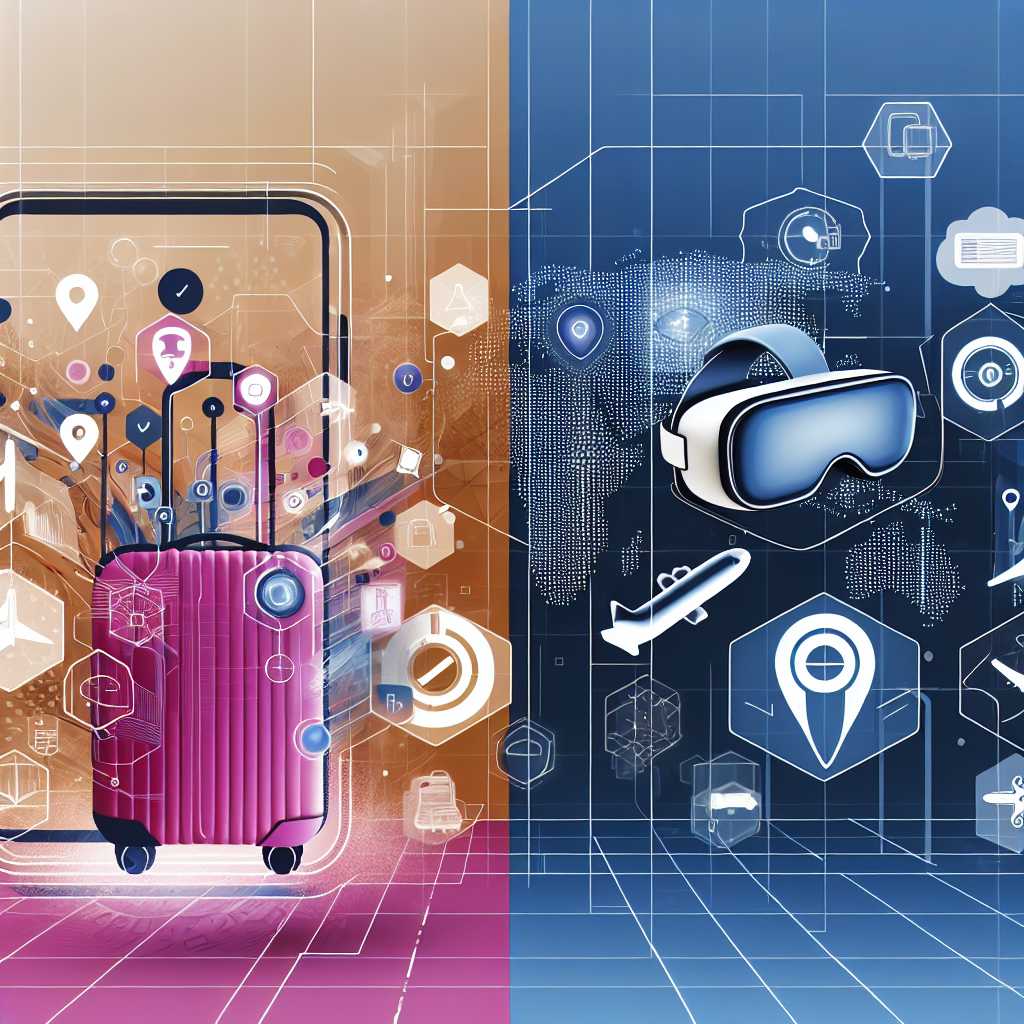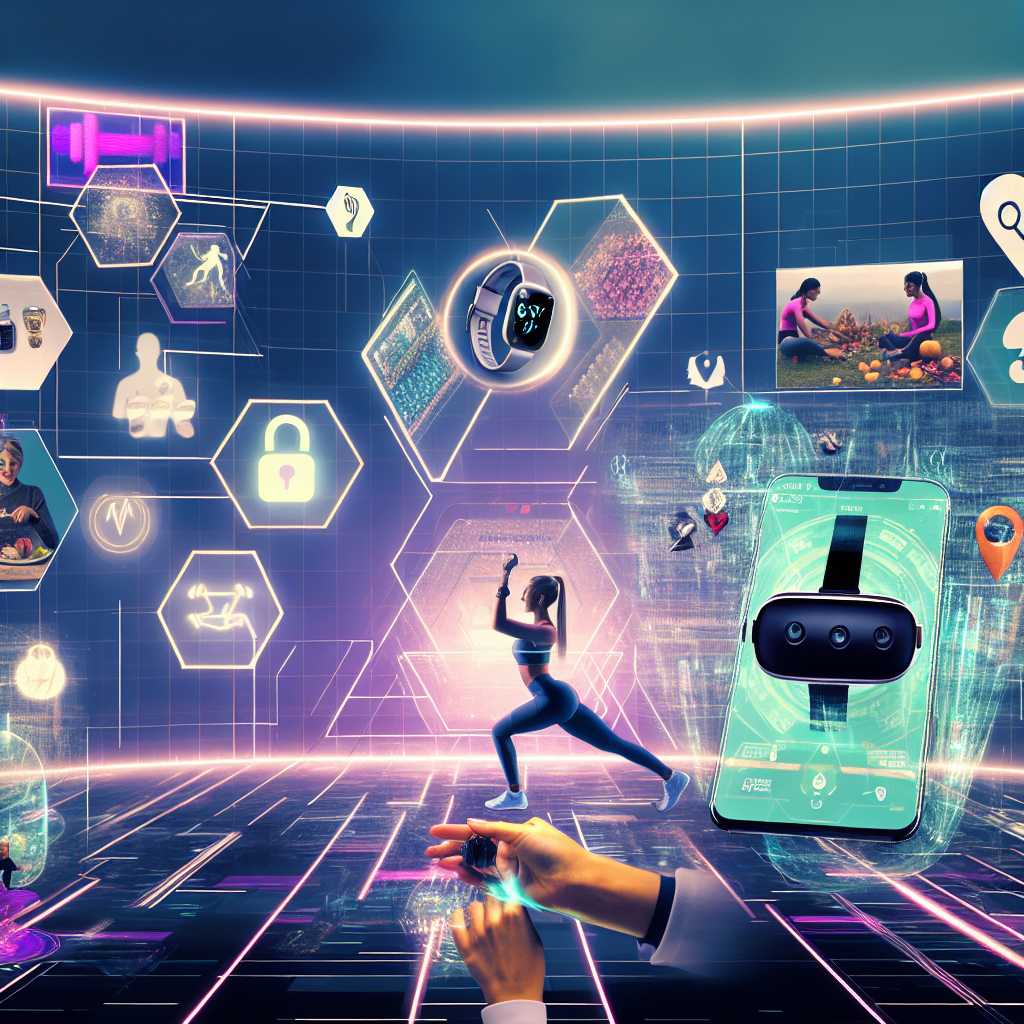Author: Leo
-

Urban Gardening: Bringing Nature Back to Our Cities
As urban environments grow denser and our cities become more populated, the longing for green spaces intensifies. Urban gardening is rapidly gaining popularity as city dwellers seek creative ways to reconnect with nature, improve their well-being, and even contribute to sustainability — all from the comfort of their apartments or rooftops. The Roots of Urban…
-

How Technology is Empowering Personalized Learning in Education
In recent years, the educational landscape has undergone a significant transformation, largely fueled by technological advancements. The concept of personalized learning—tailoring educational experiences to individual student needs—has shifted from a distant ideal to a tangible reality. Let’s explore how technology is making personalized learning more accessible and effective than ever before. The Shift Toward Personalization…
-

Sustainable Fashion: Reimagining Our Wardrobes for a Greener Future
In recent years, the fashion industry has been undergoing a significant transformation—one fueled by an urgent need to address environmental concerns and ethical considerations. Sustainable fashion is emerging at the forefront, offering consumers and creators a new roadmap for style that’s mindful of the planet and its people. But what does it really mean to…
-

The Culinary Evolution: How Technology is Revolutionizing Cooking
From the alchemic transformations of our ingredients in a heated pan to the molecular gastronomy techniques that delight our senses, cooking has always been a blend of art and science. However, as we forge deeper into the 21st century, technology is playing an increasingly transformational role in the culinary world. Technology Meets the Kitchen With…
-

Navigating the World of Plant-Based Diets: Health, Ethics, and Sustainability
In recent years, plant-based diets have surged in popularity, becoming more than just a dietary trend. They represent a lifestyle choice that aligns with growing concerns over health, environmental impact, and animal welfare. This article explores the multifaceted appeal of plant-based diets, examining their benefits and challenges, and providing insights into how they are shaping…
-

Understanding Renewable Energy: Powering the Future
Introduction As the world continuously evolves, there is a growing emphasis on sustainability and reducing the carbon footprint. Renewable energy has emerged as a critical player in this transition, offering solutions that not only address energy demands but also combat environmental challenges. What is Renewable Energy? Renewable energy refers to power sourced from natural processes…
-

Emerging Trends in Culinary Arts: The Fusion of Tradition and Technology
In recent years, the culinary world has experienced a fascinating evolution as the fusion of tradition and technology reshapes how we think about food. This intersection presents endless possibilities for chefs and food enthusiasts alike, who are increasingly using cutting-edge technology to innovate and enhance their culinary creations, while keeping rooted in cherished culinary traditions.…
-

Redefining Connectivity: The Next Wave of Internet Technology
As we stand on the precipice of a new era in technology, the evolution of internet connectivity is poised to dramatically alter our daily lives. The advent of 5G technology has already begun to redefine how we access and engage with the digital world. However, the horizon promises even more groundbreaking innovations that will enhance…
-

The Evolution of Travel: How Technology is Enhancing the Journey
In today’s fast-paced world, travel has become more accessible and enjoyable, thanks largely to advancements in technology. From planning the perfect itinerary to ensuring a smooth and comfortable journey, technology is fundamentally changing the way we travel. In this article, we’ll explore some of the key innovations that are reshaping the travel experience and making…
-

The Future of Fitness: How Technology is Shaping Our Health
In recent years, the intersection of technology and fitness has created a revolutionary approach to health and wellness. Wearable devices, personalized apps, and AI-driven health insights have made it possible for individuals to take charge of their fitness in ways that were unimaginable a decade ago. One notable advancement is the proliferation of wearable fitness…
